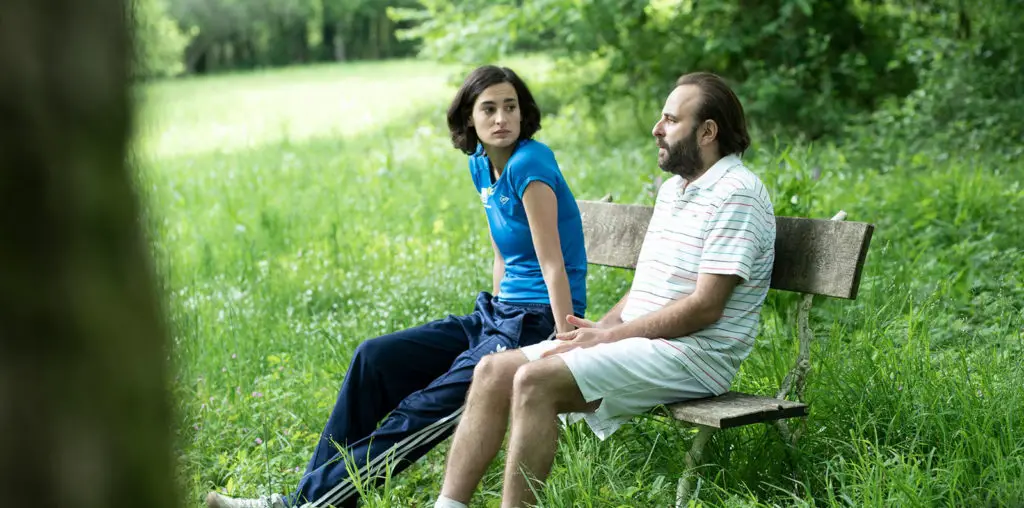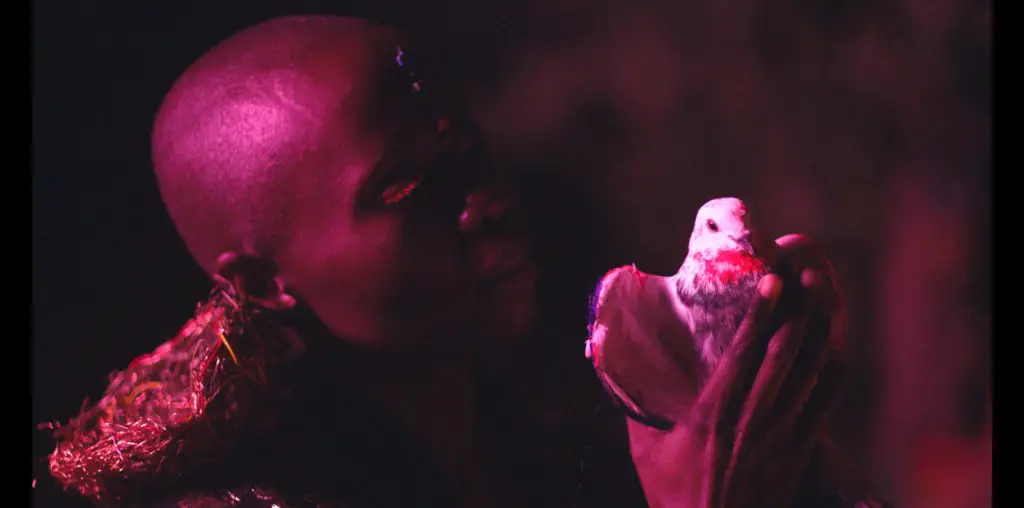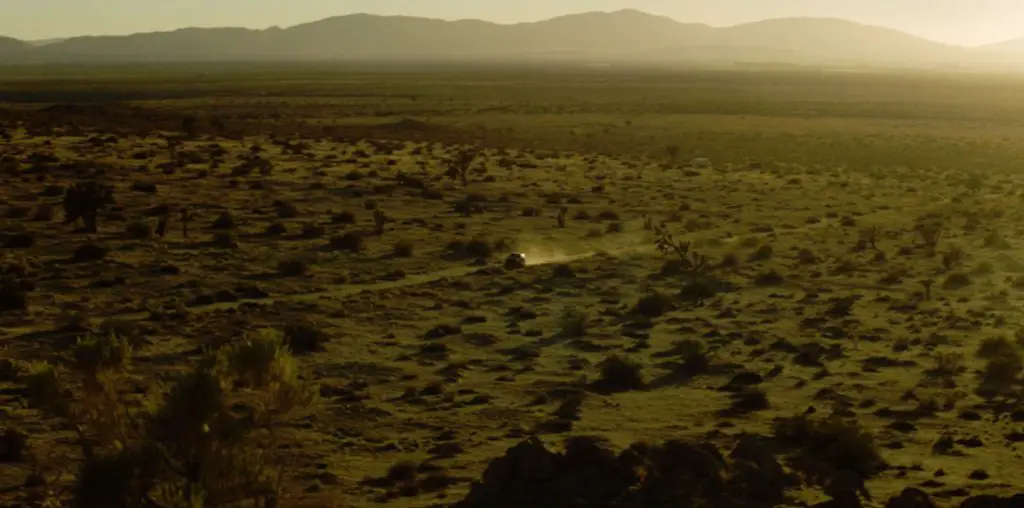
“The Highwaymen” is a pleasant documentary about an odd chapter in Florida’s cultural history. From the 1940s through the early 1970s, a group of self-trained African-American landscape painters traveled the Florida highways and sold their art either from the road or through door-to-door stops at private residences and professional offices. All of the art was cheaply sold, often as low as $25 per picture, and until fairly recently, this art was ill-appreciated (many paintings were later retrieved from junk shops and flea markets for as little as $1 per picture). Today, however, these works are highly popular among some collectors of Florida regional art and the stories behind the pictures are finally being told.
This film, which only runs 46 minutes, interviews the surviving members of this unusual artistic experience. Most of the artists had no formal training in painting and many learned their craft through the benevolence of one A.E. “Bean” Backus, a successful landscape painter who freely gave of his time and insight without demanding financial compensation.
In fairness, the interest in the artists is primarily based on sociological rather than artistic value. The idea of African-American entrepreneurs being able to travel through a white-dominated society during years of civil rights struggle without encountering racial harassment to sell original paintings is extraordinary. Filmmaker Julia D’Amico was fortunate to secure interviews with surviving artists including Mary Ann Carroll, Hezekiah Baker and James Gibson to record their extraordinary stories of finding lucrative (if not wildly successful) markets. These artists are blessed with rich raconteur skills and their recollections are enjoyable to discover.
As for the art…well, unfortunately, the paintings featured in “The Highwaymen” are fairly mundane and often mediocre depictions of regional beachfronts and marshlands. None of the artists depicted here seem to have an original style (one freely admits copying from calendars during the early years of his painting) and the collection of sunset-kissed waves and wind-blown palm trees would look more at home in a motel room than a top-tier museum. Nobody in the film has the heart or courage to label the art as second-rate, and it is easy to assume (at the risk of being labeled a racist) that the paintings in “The Highwaymen” would never merit any serious consideration without the remarkable stories of the artists who created and marketed these works.
Even with the obvious problem of the art in question, “The Highwaymen” does provide a fascinating insight regarding the need to expression oneself via a creative medium. For that alone, the film is a worthwhile experience.


